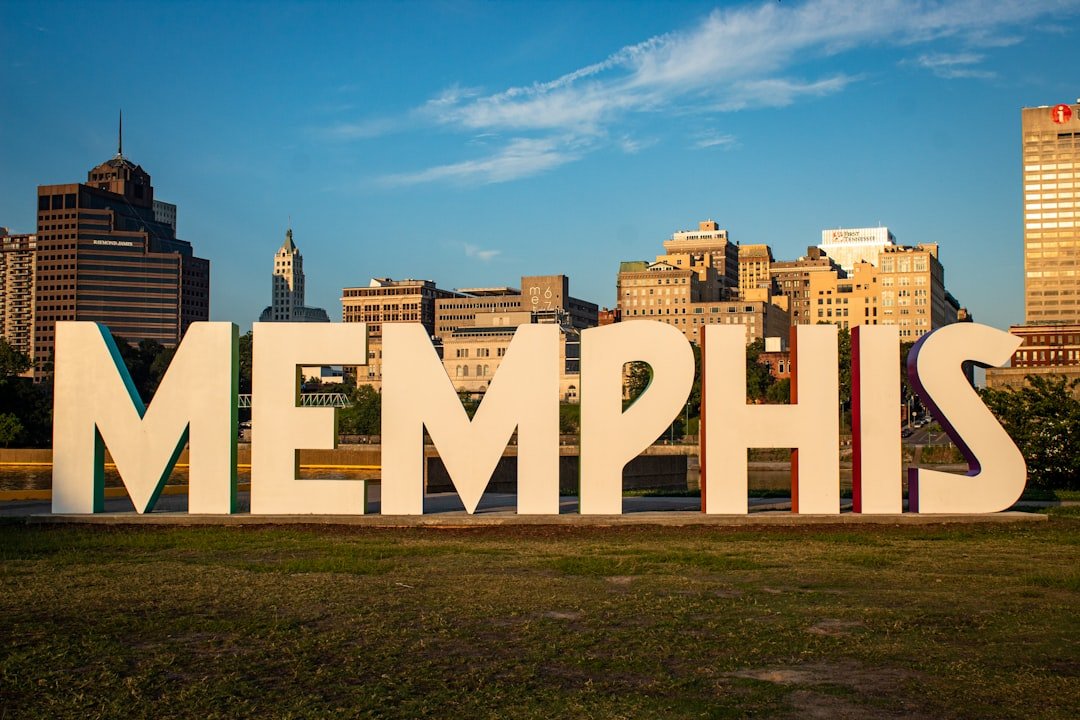Walking alone after dark has become a genuine safety concern across many American cities. While improvements in policing and community programs are showing promise in several metropolitan areas, specific locations continue to pose significant risks for pedestrians during nighttime hours. These safety concerns aren’t just statistical footnotes. They represent real dangers that locals know all too well, transforming bustling daytime streets into areas where caution becomes essential once the sun sets.
Memphis, Tennessee
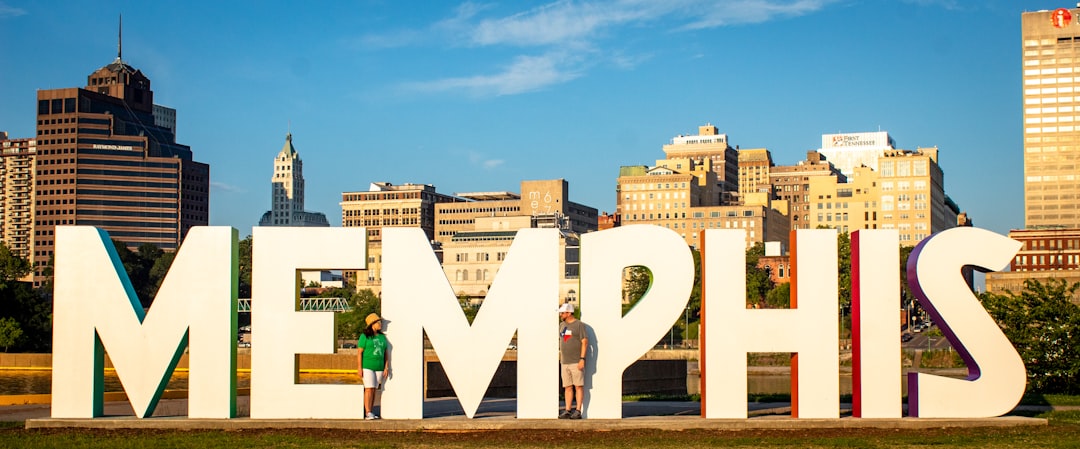
The city that gave birth to blues and rock music unfortunately holds the distinction as America’s most dangerous metropolitan area for violent crime as of late 2025. Memphis once again tops the list, with a violent crime rate nearly six times the national figure. What makes this particularly alarming is that violent crime rates there are a staggering 500% above the national average, with about 2,418 violent crimes per 100,000 residents.
The dangers extend beyond typical street crime concerns. Unlike California’s most walkable cities, such as Sonoma, Santa Cruz, and even San Francisco, Memphis is considered the most dangerous US city for pedestrians, due to a high fatality rate that has climbed significantly over the past few years. The new #1 most deadly metro area (Memphis, TN) has risen steadily since the first time we ranked metro areas in 2009, with a rate that has nearly tripled from 1.83 to 5.14 deaths per 100,000 people. Local authorities specifically advise avoiding South Memphis, Orange Mound, Frayser, and Hickory Hill have a reputation for frequent crime, and are best to avoid during your visit. Even the downtown area can be dangerous, so always remain aware of your surroundings, keep valuables hidden, and avoid walking alone at night.
Detroit, Michigan
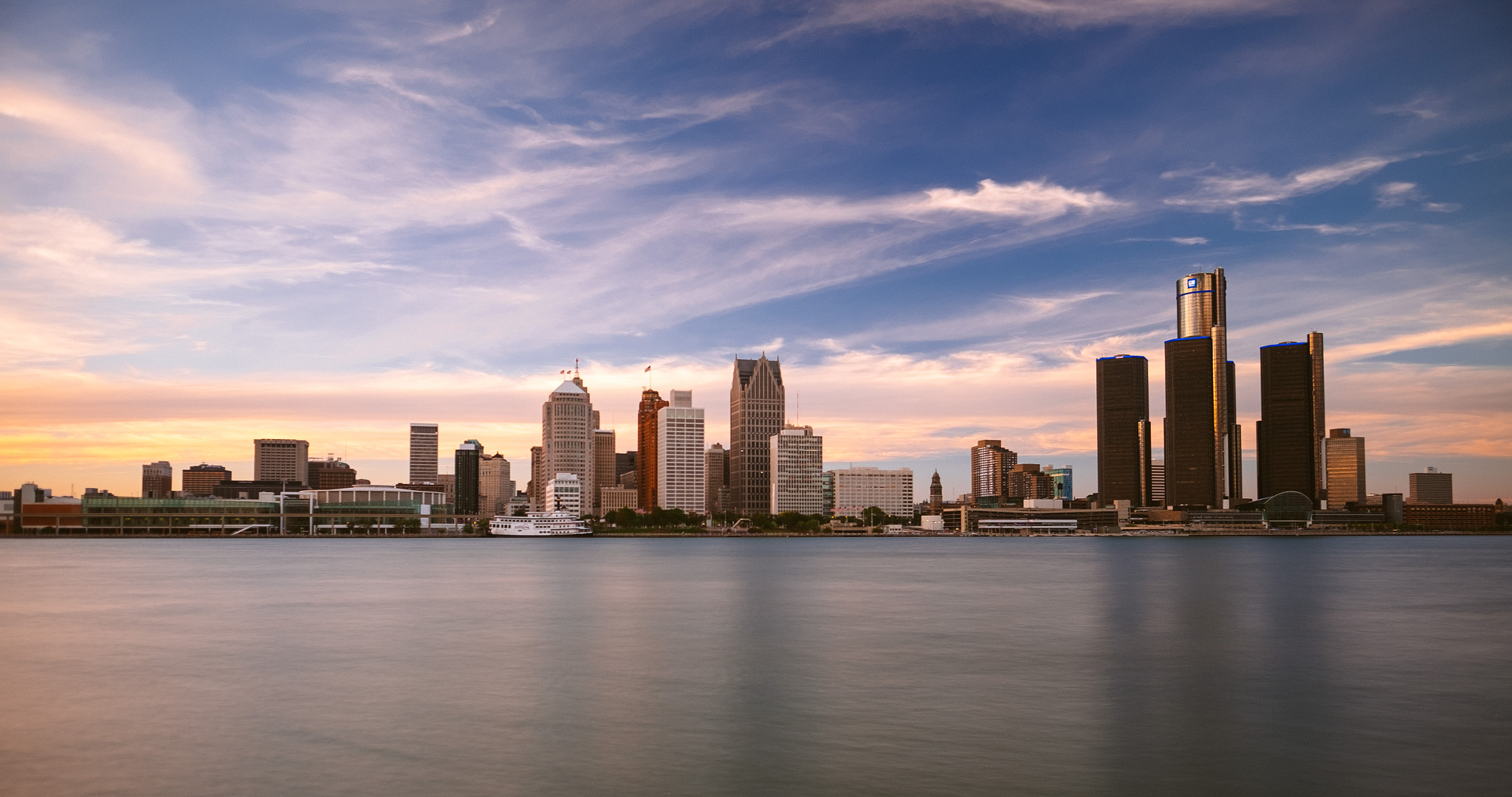
Detroit and Baltimore also have rates more than triple the U.S. average. Despite these concerning statistics, Detroit has been showing remarkable progress in recent years, particularly in homicide reduction efforts. In 2024, Detroit finished the year with 203 homicides, the fewest on record since 1966. Through the first three quarters of 2024, there were 155 homicides. As of September 30 of this year, there were 132.
The city’s approach to violence reduction involves comprehensive community intervention programs. The City’s Community Violence Intervention groups have produced incredible results in achieving reductions in homicides and nonfatal shootings beyond the reductions being experienced in non-CVI areas. However, the progress hasn’t eliminated nighttime safety concerns, as many areas still require heightened awareness and caution when walking alone after dark.
Baltimore, Maryland
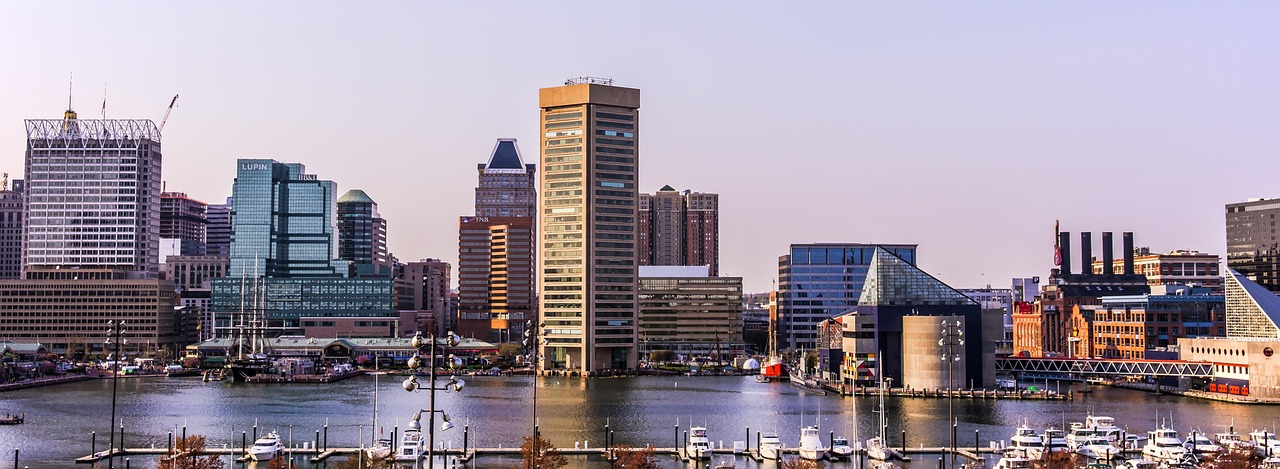
Baltimore presents a complex safety picture that’s been improving dramatically in recent years. 201 people were killed in 2024. Last year that number was 259, which was the first time in nearly a decade that the city saw fewer than 300 homicides. The improvements have continued into 2025, with the city having seen a 24.3% decrease in homicides and an 18.3% decline in nonfatal shootings. So far this year, Baltimore has had 84 homicides- the fewest in over 50 years- compared to 111 homicides in the first seven months of 2024.
Despite its proximity to the nation’s capital, Baltimore maintains a reputation as one of America’s most dangerous cities. The contrast between Baltimore and nearby Washington, DC, highlights how dramatically safety perceptions can vary even within the same metropolitan region. The ongoing improvements in crime statistics don’t eliminate the need for caution when walking alone at night, particularly in certain neighbourhoods where violent crime remains a concern.
St. Louis, Missouri
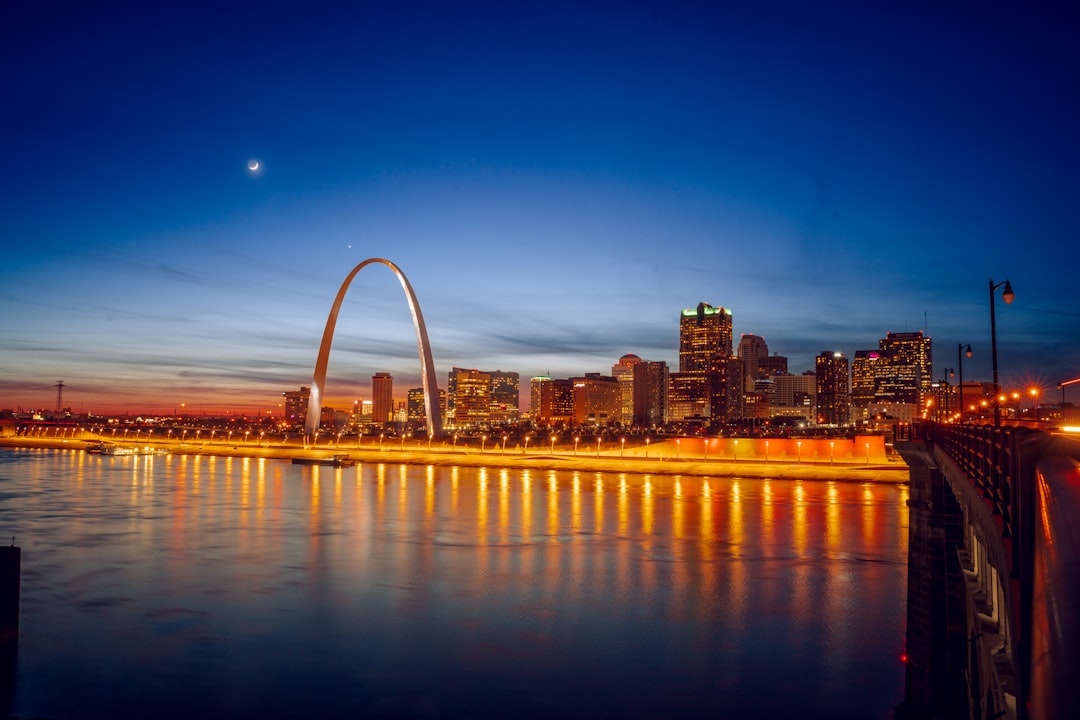
St. Louis continues to struggle with safety issues despite some recent improvements. According to Neighbourhood Scout data, you have a one in 50 chance of falling victim to a violent crime in St. Louis compared to a one in 218 throughout the rest of the state. That being said, things are improving according to the St. Louis Metropolitan Police. The website states that 2024 saw the lowest number of homicides in 11 years.
Residents and longtime observers paint a stark picture of downtown safety conditions. Downtown St. Louis is NOT safe. My family and I have lived in the St. Louis area since 1960, and it’s getting to the point that even during the daytime it’s not safe for a single person to walk around. Even with improvements in overall crime statistics, the city is working to provide more lighting around downtown, but you must stay in well-lit areas and avoid walking around at night alone. Even if you need to Uber to your car a few blocks away, it’s safer than taking the risk.
New Orleans, Louisiana
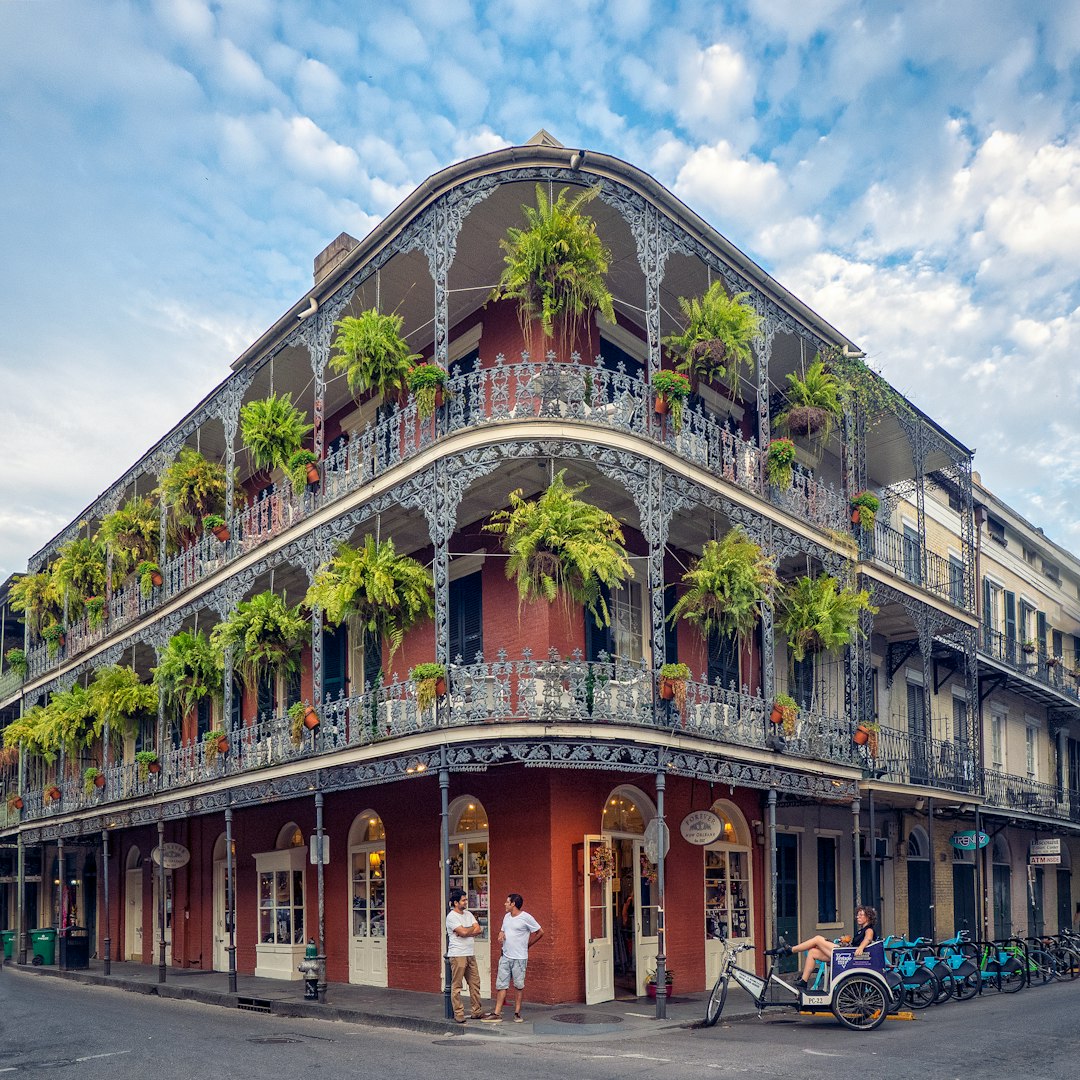
The Big Easy’s reputation for nightlife and cultural vibrancy masks serious safety concerns for pedestrians. Per Area Vibes, New Orleans’ crime rate is higher than the national average by a whopping 161.8%. The city’s unique layout and tourism-focused economy create particular challenges for nighttime safety, especially in areas frequented by visitors.
Specific neighbourhoods pose elevated risks that locals know to avoid. One should particularly exercise caution in sketchy neighbourhoods like Tulane-Gravier, Tremé, Central City, and Saint Roche, which exhibit more criminal activity than the rest of the city (and even the state). The combination of heavy nightlife activity and persistent crime issues means that cities like New Orleans and Baton Rouge are hotspots for pedestrian accidents, especially in areas with heavy traffic and nightlife.
The reality of walking alone after dark in these cities reflects broader challenges facing American urban areas. While some locations show promising improvements through community intervention programs and enhanced policing efforts, the fundamental safety concerns remain real for residents and visitors alike. What do you think about the balance between urban revitalisation and personal safety? Tell us in the comments.
